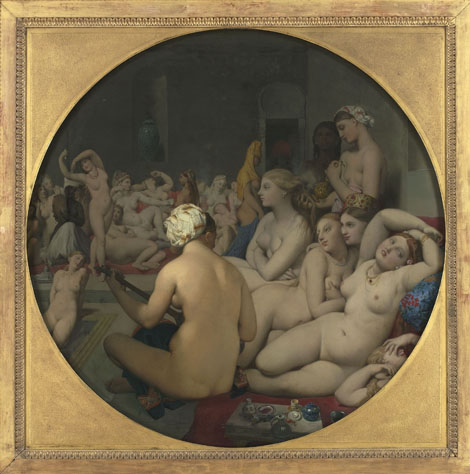The relaxation of moral standards: artists in the vanguard
It became possible again to portray nudity on condition that it evoked mythological, classical or exotic themes. Painters of the various schools of the 19th century rushed to take advantage of this opportunity and started to paint licentious and therefore lucrative subjects.






















